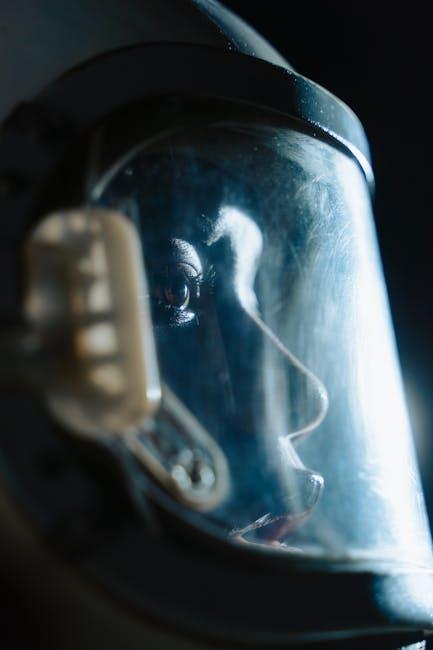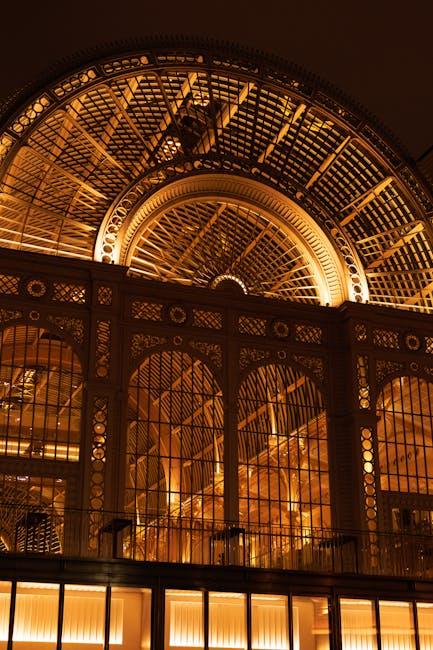The evolution of genre filmmaking is a testament to the enduring influence of classic cinema, where pioneering narratives and innovative techniques laid the groundwork for modern storytelling. These iconic films not only defined the parameters of their respective genres but also challenged and expanded them, setting a precedent for future filmmakers. As we delve into the intricate tapestry of cinematic history, it becomes evident that the creative visions of the past continue to resonate, inspiring contemporary directors to reimagine and redefine genre conventions. By analyzing the transformative impact of classic films, we can uncover the foundational elements that have shaped—and continue to shape—the dynamic landscape of genre filmmaking today.
Pioneering Techniques in Cinematic Storytelling
Classic films have served as the blueprint for innovative storytelling techniques that continue to influence genre filmmaking today. Directors like Alfred Hitchcock and Orson Welles were masters at crafting suspense and visual storytelling, using techniques such as the MacGuffin and deep focus cinematography. These methods not only captivated audiences but also set new standards for narrative complexity and visual depth.
- Non-linear Narratives: Films like “Citizen Kane” introduced fragmented storytelling, allowing audiences to piece together the plot like a puzzle.
- Innovative Camera Angles: Hitchcock’s use of the dolly zoom in “Vertigo” added a psychological layer to visual storytelling.
- Sound Design: The integration of sound as a narrative device, as seen in “Psycho,” created an immersive experience that transcended visual cues.
These pioneering techniques laid the groundwork for future filmmakers, inspiring them to push the boundaries of genre and narrative structure. As a result, the evolution of cinematic storytelling has become a dynamic interplay of tradition and innovation.

Influence of Iconic Directors on Modern Filmmaking
The legacy of iconic directors has left an indelible mark on modern filmmaking, creating a ripple effect that continues to shape genres today. Visionaries like Alfred Hitchcock, Stanley Kubrick, and Akira Kurosawa have crafted cinematic languages that transcend time. Their innovative techniques and narrative structures have not only influenced their contemporaries but have also become foundational elements for today’s directors. For instance, Hitchcock’s mastery of suspense and psychological depth has become a blueprint for modern thrillers, while Kubrick’s meticulous attention to visual detail and thematic complexity echoes through contemporary sci-fi and drama.
- Alfred Hitchcock: Known for his pioneering use of camera angles and editing to build tension.
- Stanley Kubrick: Renowned for his unique storytelling and visionary aesthetics.
- Akira Kurosawa: Celebrated for his epic storytelling and influential use of movement and composition.
These directors didn’t just tell stories; they crafted worlds, inviting audiences into immersive experiences that challenged perceptions and expanded the boundaries of cinema. The fingerprints of their work are evident in the way modern directors approach storytelling, character development, and visual composition. By studying their films, today’s filmmakers gain insights into creating compelling narratives that resonate with audiences worldwide, proving that the past is a powerful catalyst for future innovation.

The Role of Classic Films in Genre Innovation
Classic films have served as a catalyst for genre innovation, offering filmmakers a blueprint while encouraging bold experimentation. By establishing foundational narratives and archetypes, these films have provided a rich tapestry for creative reinterpretation. For instance, the noir films of the 1940s, with their moody aesthetics and complex characters, have inspired modern thrillers and neo-noir projects, pushing the boundaries of storytelling and visual style.
- Reimagining Archetypes: Classic westerns introduced the lone hero archetype, which has been reimagined in sci-fi and action genres.
- Subverting Expectations: Horror films from the early 20th century laid the groundwork for contemporary horror by establishing tropes that filmmakers now subvert for fresh narratives.
- Cross-Genre Experimentation: Musicals like “Singin’ in the Rain” have influenced modern cross-genre films, blending music with comedy and drama.
These timeless films have not only set the stage for genre conventions but also invited filmmakers to challenge and redefine them, resulting in a dynamic and ever-evolving cinematic landscape.
Essential Viewing: Classic Films That Defined Genres
Throughout cinematic history, certain films have transcended mere entertainment to become the defining pillars of their respective genres. These masterpieces not only captivated audiences but also set benchmarks for storytelling, style, and innovation. Consider the following classics that have left an indelible mark on genre filmmaking:
- Film Noir: The Maltese Falcon (1941) introduced audiences to a world of shadowy intrigue and morally ambiguous characters. Its moody cinematography and complex narrative structure became the blueprint for countless noirs that followed.
- Science Fiction: 2001: A Space Odyssey (1968) expanded the horizons of sci-fi, blending philosophical depth with groundbreaking special effects. Its influence is evident in the visual and thematic ambitions of modern sci-fi epics.
- Horror: Psycho (1960) revolutionized the horror genre by pushing psychological boundaries and redefining suspense. Hitchcock’s masterful direction paved the way for a new era of horror films that delve into the human psyche.
These films not only shaped their genres but also demonstrated the power of cinema to evolve and redefine itself. They are essential viewing for anyone looking to understand the roots and progression of genre filmmaking.

